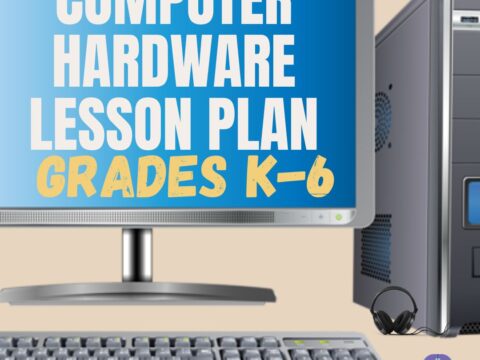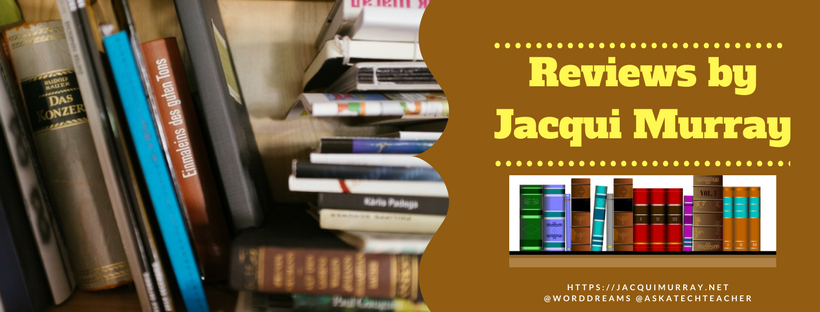Every week, I share a website that inspired my students. This one is perfect for Hour of Code. Make yourself a hero for an hour:
Age:
Grades 3-8 (or younger, or older)
Topic:
Problem-solving, critical thinking, building
Address:
Review:
It was a warm spring day. Most students were outside enjoying one of the first pleasant days since the chill of winter faded. Three students came in my lab–7th graders–asking to play a program I’d never heard of called Minecraft. Their science teacher wanted them to use it and let her know what they learned about minerals and geology. I knew the teacher so let them move forward and dashed off an email asking her to verify. She did.
As the students played, several 4th graders came in. “Are we allowed to play Minecraft?” Over and over. And third graders. And fifth. To all, I said no, this was a special project for 7th grade science.
I realized I had to research this program that students were so passionate about. At first blush, it appears to be beat-em-up violence and destruction.That didn’t sell me. Where was the critical thinking and building? I went to Common Sense Media and found it got 4/5 stars with a tagline, Sandbox-style game with open online play fosters creativity. It goes on to say:
Kids can learn creative thinking, geometry, and even a little geology as they build imaginative block structures in this refreshingly open-ended mining and construction game. Given carte blanche to sculpt virtually any creation of their choice in this 3-D space, kids can try out tons of possibilities while working toward simple objectives. An option to work with others on larger building projects can help kids develop collaboration skills. Minecraft empowers players to exercise their imagination and take pride in their digital creations as they learn basic building concepts.
Subjects covered include:
- Math: estimation, geometry, shapes
- Science: geology, rocks and minerals
- Hobbies: building
…and skills taught:
- Thinking & Reasoning: defining problems, hypothesis-testing, problem solving
- Creativity: imagination, making new creations, producing new content
- Collaboration: cooperation, group projects, teamwork
I decided to allow grades 3-5 to play it Monday and Friday lunches–only–and I would observe.
Word got out and my lab was packed those two lunch hours–all year. As I watched students play, I saw lots of the thinking and risk-taking we encourage in traditional educational venues. Students rattled off fifteen-digit IP addresses to each other, created servers so they could compete against each other, strategized how to reach their goals, formed alliances with other players on the screen, researched solutions on the internet, shared with each other so everyone could participate (the program requires a fee-based membership, but that didn’t stop any one. The website offers a free demo–maybe that’s why. More research required on my part.)
Is there something to this?
I polled my PLN and got no supporters. I might have given up, but ran across this article, Learn to Play: Minecraft in the classroom. And then this teaching wiki about educational uses of Minecraft, Welcome to the Minecraft in School Wiki! There’s also an edition of Minecraft specifically for schools called MinecraftEdu.
Requires a fee.
Do any of you use Minecraft? What are your thoughts? Here’s a video to spark your comments:
Jacqui Murray has been teaching K-18 technology for 30 years. She is the editor/author of over a hundred tech ed resources including a K-12 technology curriculum, K-8 keyboard curriculum, K-8 Digital Citizenship curriculum. She is an adjunct professor in tech ed, Master Teacher, webmaster for four blogs, an Amazon Vine Voice, CSTA presentation reviewer, freelance journalist on tech ed topics, contributor to NEA Today, and author of the tech thrillers, To Hunt a Sub and Twenty-four Days. You can find her resources at Structured Learning.





































